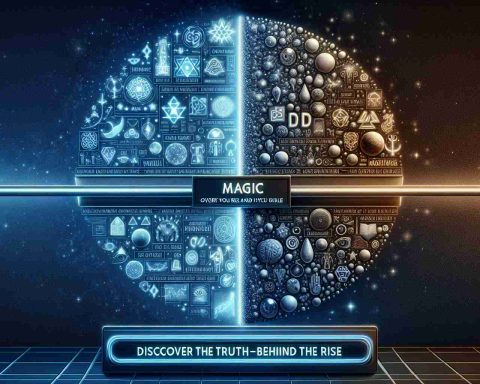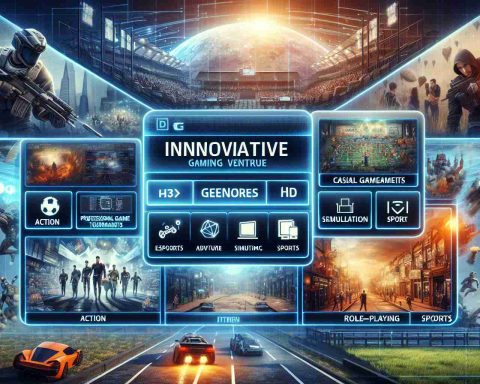Nintendo and Sony, two giants in the gaming industry that have shaped the way we play video games today. In the early 1990s, Nintendo made headlines when it announced its partnership with Sony to develop a new PlayStation console that would combine Nintendo cartridges with Sony CDs. However, the deal fell through, leading Nintendo to join forces with Philips for the ill-fated CD-i system, while Sony ventured on its own path to create the iconic PlayStation.
Fast forward to the present day, where a piece of history recently made waves in the gaming community. A rare Nintendo PlayStation controller prototype was sold at auction for an astounding $35,000. Although it may appear similar to a Super Nintendo controller with Sony and PlayStation logos, this artifact holds significant historical value. It showcases the early stages of Sony’s iconic ‘PS’ logo, which would later become synonymous with the PlayStation brand.
The Nintendo PlayStation prototype represents a moment in time when Nintendo and Sony were exploring the possibilities of merging their technologies. It is estimated that only 200 prototypes were produced, and most of them were thought to be destroyed after the partnership dissolved. Owning such a rare and unique piece has become a collector’s dream, driving the price tag to reach new heights.
While Nintendo’s post-16-bit journey took various twists and turns, the company always managed to innovate and captivate gamers worldwide. From sticking with cartridges for the Nintendo 64 to embracing optical media with the Nintendo GameCube, Nintendo never failed to surprise us. The introduction of motion control with the Nintendo Wii and the fusion of a home console and handheld gaming with the Nintendo Switch further solidified its place in the gaming industry.
Meanwhile, Sony’s PlayStation consoles skyrocketed in popularity, becoming the go-to choice for console gaming. The original PlayStation and its successor, the PlayStation 2, dominated the market and set the standard for gaming experiences. Even today, the PlayStation brand continues its reign with the latest PlayStation 5.
As we marvel at this rare artifact, let us reflect on the divergent paths that Nintendo and Sony took. While their partnership may have faltered, both companies found success in their own right, leaving an indelible mark on the gaming industry.
Additional facts:
1. Nintendo was founded in 1889 as a playing card company before branching out into toys and games.
2. Sony, originally a manufacturer of electronics and entertainment products, expanded into the gaming industry with the launch of the PlayStation.
3. Nintendo’s first major home console success was the Nintendo Entertainment System (NES) in the mid-1980s.
4. Sony’s PlayStation 2 is the best-selling console of all time, with over 155 million units sold worldwide.
5. Nintendo’s handheld consoles, such as the Game Boy and Nintendo DS, have been hugely successful, with the Game Boy selling over 118 million units.
6. Sony and Nintendo were competitors in the handheld gaming market with the Sony PSP and Nintendo DS, respectively.
7. Nintendo’s introduction of innovative controllers, such as the Wii Remote and the Nintendo Switch’s Joy-Con, revolutionized gaming experiences.
8. Sony’s PlayStation Network (PSN) allows users to play games online, purchase digital games, and access streaming services like Netflix and Spotify.
9. Both Nintendo and Sony have faced challenges from competitors such as Microsoft’s Xbox console series.
Important Questions and Answers:
1. What was the reason behind the failed partnership between Nintendo and Sony in creating the PlayStation?
The partnership between Nintendo and Sony fell through due to disagreements over the licensing of CD technology, which led to Sony going ahead independently with the development of the PlayStation.
2. What are the advantages of Nintendo’s cartridge-based systems?
Cartridges offer faster loading times and can withstand physical wear and tear better than optical media like CDs or DVDs. They also allow for more control over game hardware and can be easily transported.
3. What are the advantages of Sony’s use of optical media in their consoles?
Optical media can store larger amounts of data, resulting in bigger and more immersive game worlds. CDs and DVDs also allow for audio and video playback capabilities, adding multimedia functionality to the consoles.
Key challenges or controversies:
1. Nintendo faced criticism in the mid-1990s for its strict content regulations, which led to the creation of the Entertainment Software Rating Board (ESRB) in response to concerns about violent and mature content in video games.
2. Sony faced a major security breach in 2011 when the PlayStation Network was hacked, compromising the personal information of millions of users.
Advantages and Disadvantages:
1. Nintendo’s focus on innovation and unique gaming experiences have appealed to a wide audience. They are known for their family-friendly games and portable consoles. However, some criticize their lack of third-party support and less powerful hardware compared to competitors.
2. Sony’s PlayStation consoles have consistently delivered high-quality graphics, immersive gameplay, and a range of titles from various genres. They have a strong emphasis on high-performance games and have a robust online gaming network. However, their consoles tend to be more expensive and have faced criticism for lack of backward compatibility.
Related Links:
Nintendo Official Website
PlayStation Official Website


















